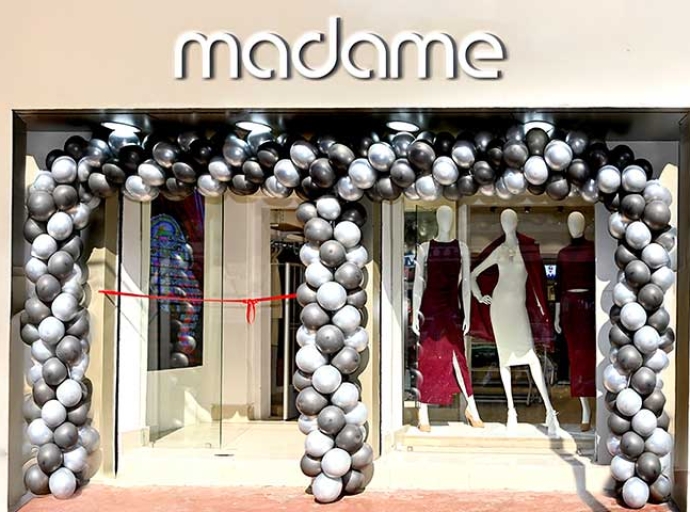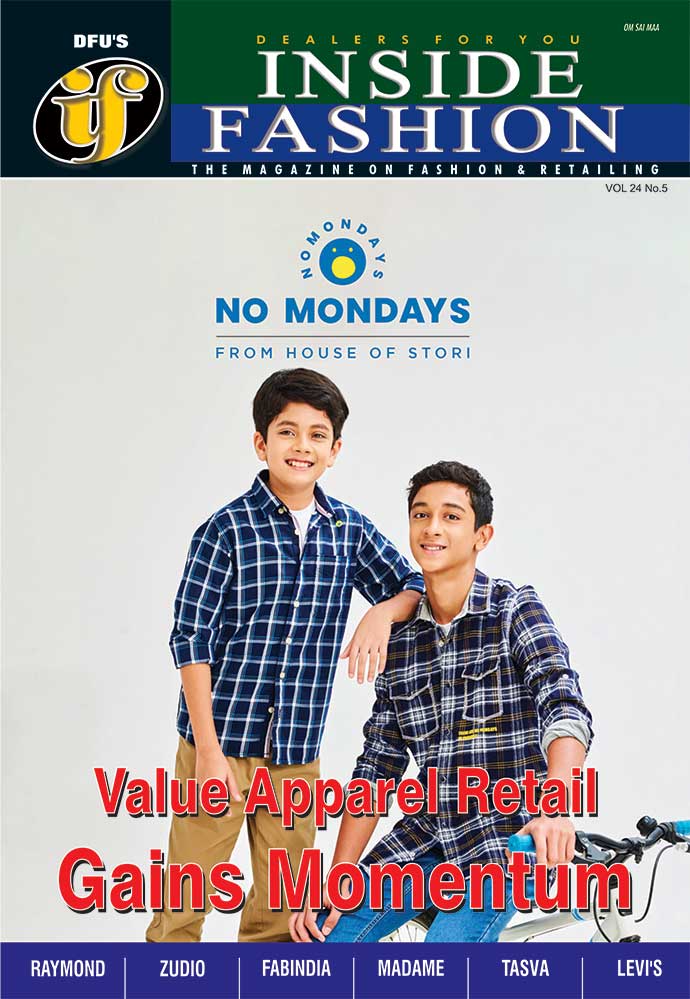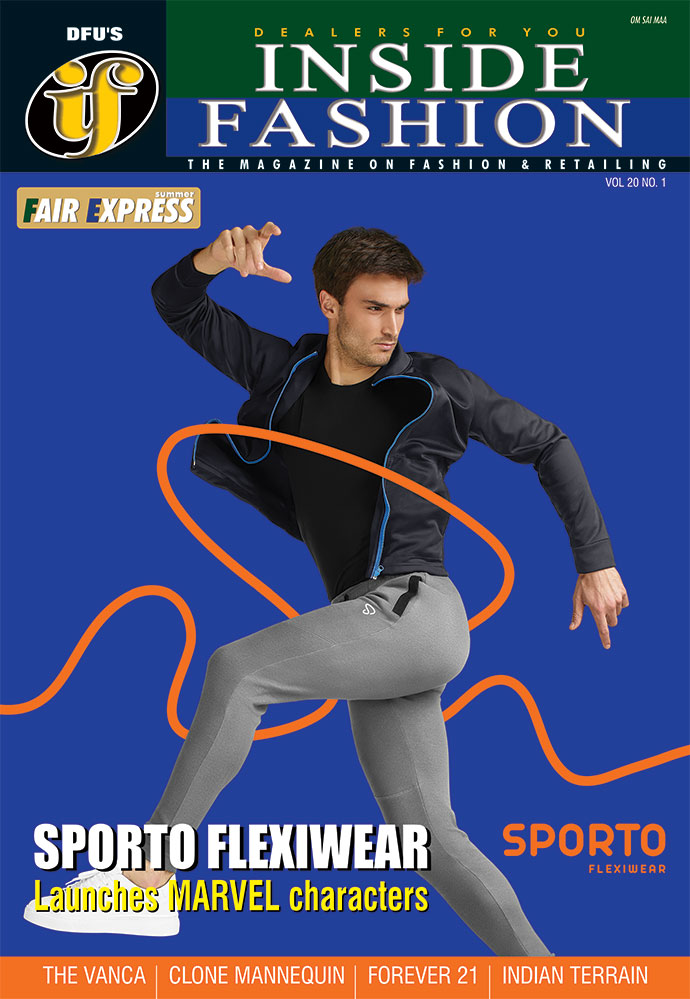30 January 2025, Mumbai
The future of fashion is here, and it's powered by Artificial Intelligence (AI). No longer a futuristic fantasy, AI is poised to revolutionize the Indian apparel industry, impacting every sector from high-end luxury to mass-market value apparel.
Imagine AI-powered design tools that analyze patterns, colors, and cultural inspirations to create custom outfits with unparalleled accuracy. Picture digital stitching, laser cutting, and 3D printing seamlessly integrated into the production process. This isn't science fiction; it's the reality that awaits us.
Several AI-powered technologies are already being used successfully in apparel sector. For example, Generative AI is a technology can create novel designs, patterns, and even entire garments from scratch, assisting designers in their creative process. Similarly, Computer Vision is AI-powered image recognition that can analyze images and videos to identify trends, predict demand, and even personalize recommendations. And machine learning algorithms can analyze vast datasets to optimize production processes, forecast sales, and personalize marketing campaigns.
How will AI transform India's apparel landscape
Luxury (high fashion) brands
Hyper-personalization: AI will enable designers to create truly bespoke garments tailored to individual preferences, body shapes, and even personal style. Imagine a world where your clothes are designed not just for your measurements but also your lifestyle and aesthetic preferences. This is the promise of AI-powered personalization.
Enhanced creativity: AI tools will assist designers in exploring new creative avenues, generating innovative patterns, and pushing the boundaries of fashion. Take the example of Stitch Fix, a US-based personal styling service that uses AI to recommend clothing items to customers based on their style preferences. This technology can be further developed to generate entirely new designs, pushing the boundaries of creativity in fashion.
Streamlined production: AI-powered systems will optimize manufacturing processes, reducing waste and improving efficiency. Luxury brands like Gucci are already experimenting with AI to optimize their supply chains and reduce waste in production.
Premium brands
Trend forecasting: AI algorithms will analyze vast datasets to predict upcoming trends, helping brands stay ahead of the curve and cater to consumer demands. Indian apparel retailers like Myntra are already using AI to analyze customer data and predict future trends, allowing them to curate collections that resonate with their target audience.
Inventory management: AI will optimize stock levels, reducing overstocking and minimizing waste. This is particularly relevant in India, where the apparel industry faces challenges with inventory management due to the diverse market and rapidly changing trends.
Personalized marketing: AI will enable brands to create targeted marketing campaigns, reaching the right customers with the right products at the right time. Imagine receiving personalized recommendations for clothes you actually want to buy, based on your past purchases and browsing history. This is the power of AI-driven marketing.
Value brands
Cost efficiency: AI-driven automation will streamline production processes, reducing costs and making fashion more accessible to the masses. Brands like Zara are already using AI to optimize their manufacturing processes, allowing them to produce trendy clothing at affordable prices.
Improved quality: AI-powered quality control systems will ensure consistent high standards, even in mass production. This is crucial for value apparel brands that need to maintain quality while keeping costs low.
Sustainable practices: AI will help optimize resource utilization, reducing waste and promoting environmentally friendly practices. Indian startups like Bollywoo.ai are using AI to create sustainable fashion solutions, such as reducing fabric waste and promoting ethical sourcing.
While the potential benefits of AI in the apparel industry are many it is also fraught with its share of challenges. These include the need for skilled professionals to operate and maintain AI systems, the ethical considerations of AI-generated designs, and the potential impact on employment.
However, the opportunities outweigh the challenges. AI has the potential to democratize fashion, making it more accessible, personalized, and sustainable. It can empower designers, manufacturers, and consumers alike, creating a more vibrant and dynamic industry. Therefore, as AI continues to evolve, its impact on the Indian apparel industry will only grow. From luxury brands to value retailers, AI will transform how we design, produce, and consume fashion. The future of fashion is here, and it's intelligent, innovative, and inspiring.
Latest Fashion news






-to-add-90-new-stores-by-FY25-end_thumbnail.jpg)




























